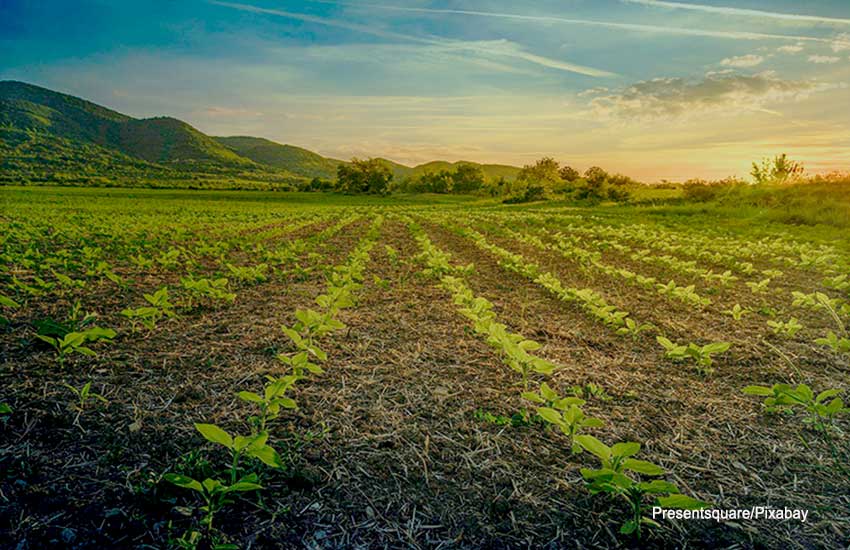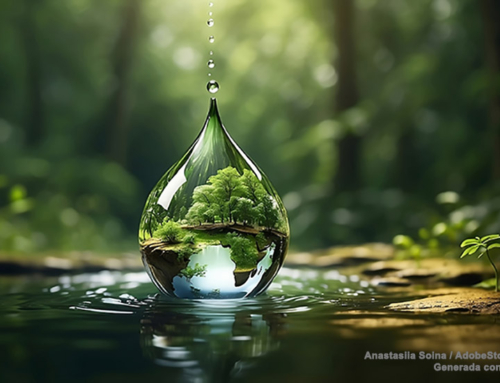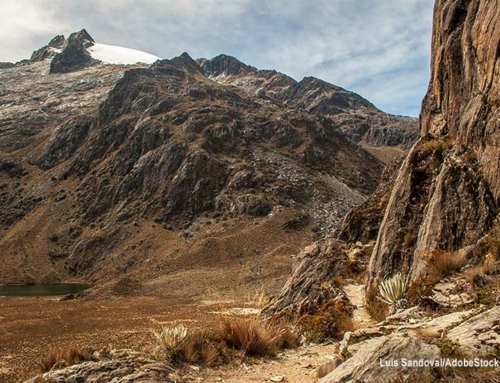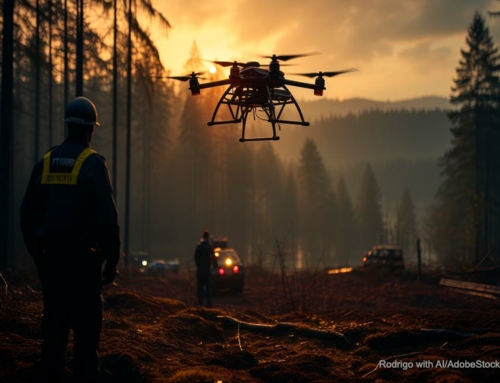Since 1963, every July 7 we celebrate the International Soil Conservation Day, in memory of the American researcher Dr. Hugh Hammond Bennet who dedicated himself to the study of production and care of the soil, to maintain the balance of the environment.
What is the soil?
Soil is one of the most important resources to combat climate change. Like the oceans, soils can absorb large amounts of carbon dioxide, which helps mitigate the impact of CO2 emissions on the planet.
“Soil is the end product of the influence of time and combined with climate, topography, organisms (flora, fauna and human beings), parent materials (original rocks and minerals). Soil is an essential component of the “Earth” and its “Ecosystems”. Both encompass vegetation, water, and climate in the case of land, and social and economic considerations in the case of ecosystems”.
FAO Soil Portal.
Composition
Soil is made up of minerals, organic matter, tiny plant and animal organisms, air, and water. Plants and animals that grow and die in and on the soil are broken down by microorganisms, transformed into organic matter, and mixed with the soil.
Importance
Thousands of life forms reproduce in the soil, most of them invisible to the human eye. Each of the substances that make up the soil is important, so the proper balance of its different components, through its sustainable management, is essential for its preservation.
What should we do?
The FAO, Food and Agriculture Organization of the United Nations, has established 6 reasons why we must act to conserve the soil.
- Food security: 95% of food is produced on our soil. By 2050, 50% more food will need to be produced to support the world’s population. Soil is a non-renewable resource and preserving its quality is essential for food security.
- Biodiversity: Soils are home to most of our planet’s biodiversity. Preserving biodiversity means that the planet is resilient, adaptable and healthy. Sustainable methods for agricultural productivity preserve biodiversity without degrading soil and water resources.
- Greenhouse gases: Soils help combat and adapt to climate change. Their sustainable management is important in mitigating climate change, they store carbon and reduce greenhouse gas emissions into the atmosphere.
- Livelihoods: Healthy soils ensure food security, improve livelihoods and reduce forced migration. Its degradation causes loss of food sources and livelihoods, abandonment of homes due to environmental problems, soil erosion, desertification, deforestation and drought.
- Cleaner water: Soils are key to clean water supplies. They capture, store, and filter water, making it safe to drink and available for crops. Forests in high areas prevent soil erosion and guarantee good quality drinking water for downstream users.
- Medicines: Soils are important for human health. Most of the well-known antibiotics, including penicillin, originated from soil microorganisms, more than 500 antibiotics are derived from soil microbes.
Challenges
The 33% of the soil is moderately to highly degraded due to erosion, loss of organic matter, nutrient depletion, acidification, salinization, compaction, and chemical contamination. Sustainable management can reverse these trends and ensure current and future global food security.
The challenges are to achieve sustainable soil management, avoid land degradation and promote urgent measures to stop the climate emergency.
Aixa Chacin
Source: fao.org







Leave A Comment